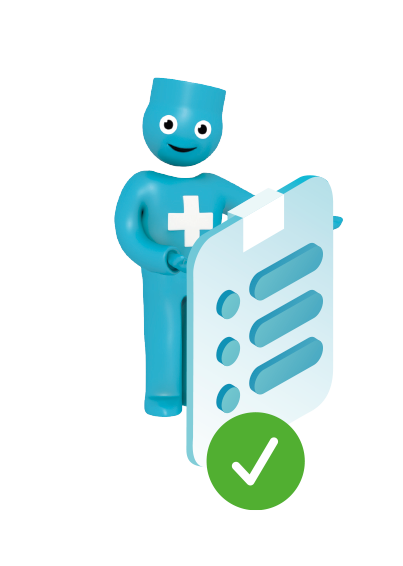The good
application
checklist
Confirm venous diagnosis by checking the pulses or measuring the ABPI.
In doubt, refer to a specialist.
If it is the first time this patient receives compression:
Make sure you explain them the VLU pathology and why they need to wear their compression bandages as instructed
Compression should be applied in the morning, after waking up, or after having raised the patient’s legs for one hour to reduce orthostatic oedema
For UrgoK2
Before starting, make sure you have:
- Medical gloves
- Scissors
- Surgical tape
For UrgoK1
Before starting, make sure you have:
- Medical gloves
- Scissors
Ensure the leg is shaped to look like a reverted cone.
Verify that bandaging starts from the basis of the toes.
Make sure the heel is covered.
Make sure the overlap is correct. If you are right handed, no pressure indicator should be visible.
If you are left-handed, the wraps should start near the top of the indicators
Make sure the leg is well covered: there are no gaps, including at the back of the legs.
Make sure the pressure indicators are forming circles.
Ensure the bandage stopped 2cm below the knee, front and back
Make sure there is a thin line of KTech appearing before the Kpress beige layer.
If it is the first time
this patient receives
compression:
Do not hesitate to follow-up after 24h with your patient, to check that the treatment is well accepted
The good application checklist
How to check the pulses?
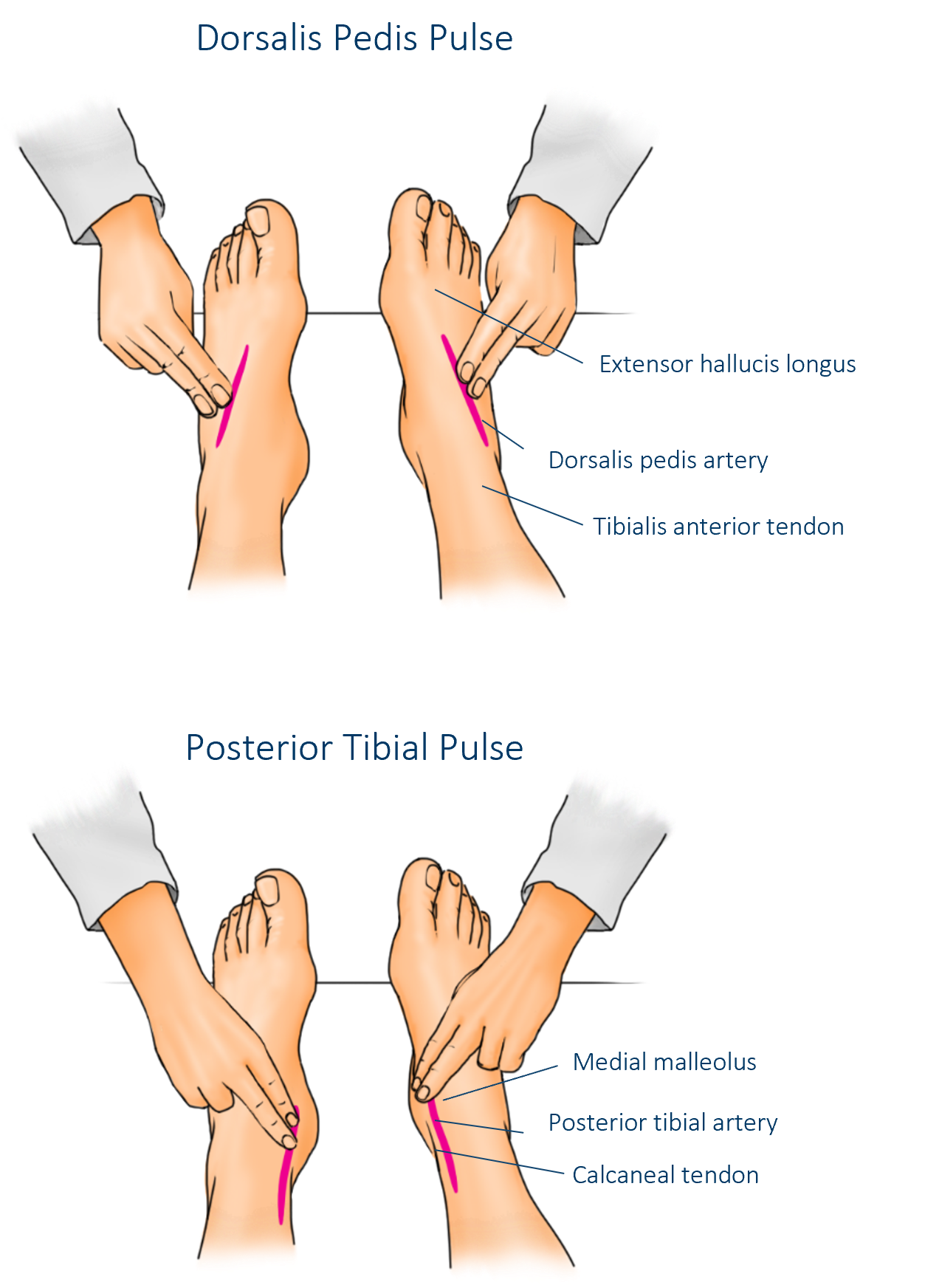
The good application checklist
Want to explain what is a venous leg ulcer and why it needs compression to your patients with short & simple videos?
Check our LEGS GO! Know Your Legs video playlist on Youtube!
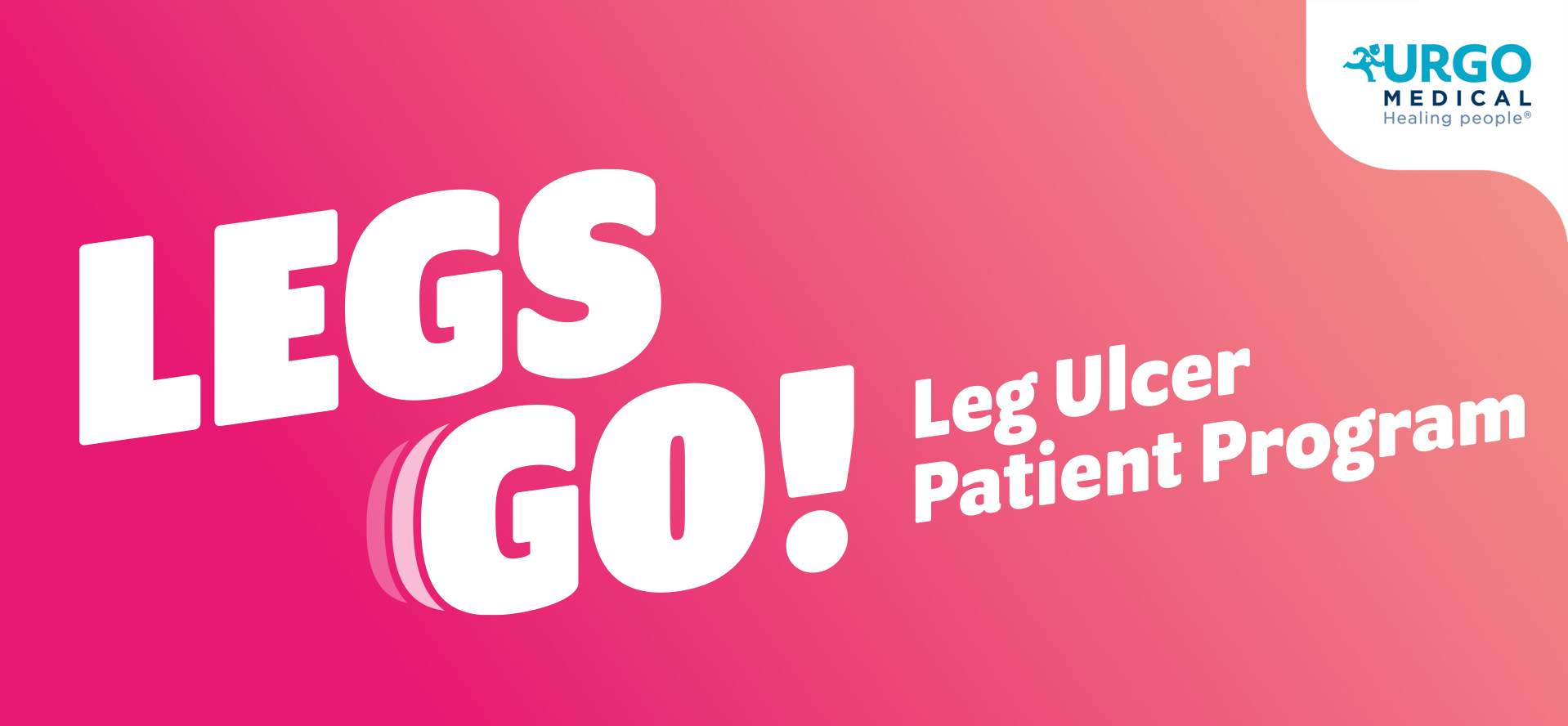
The good application checklist
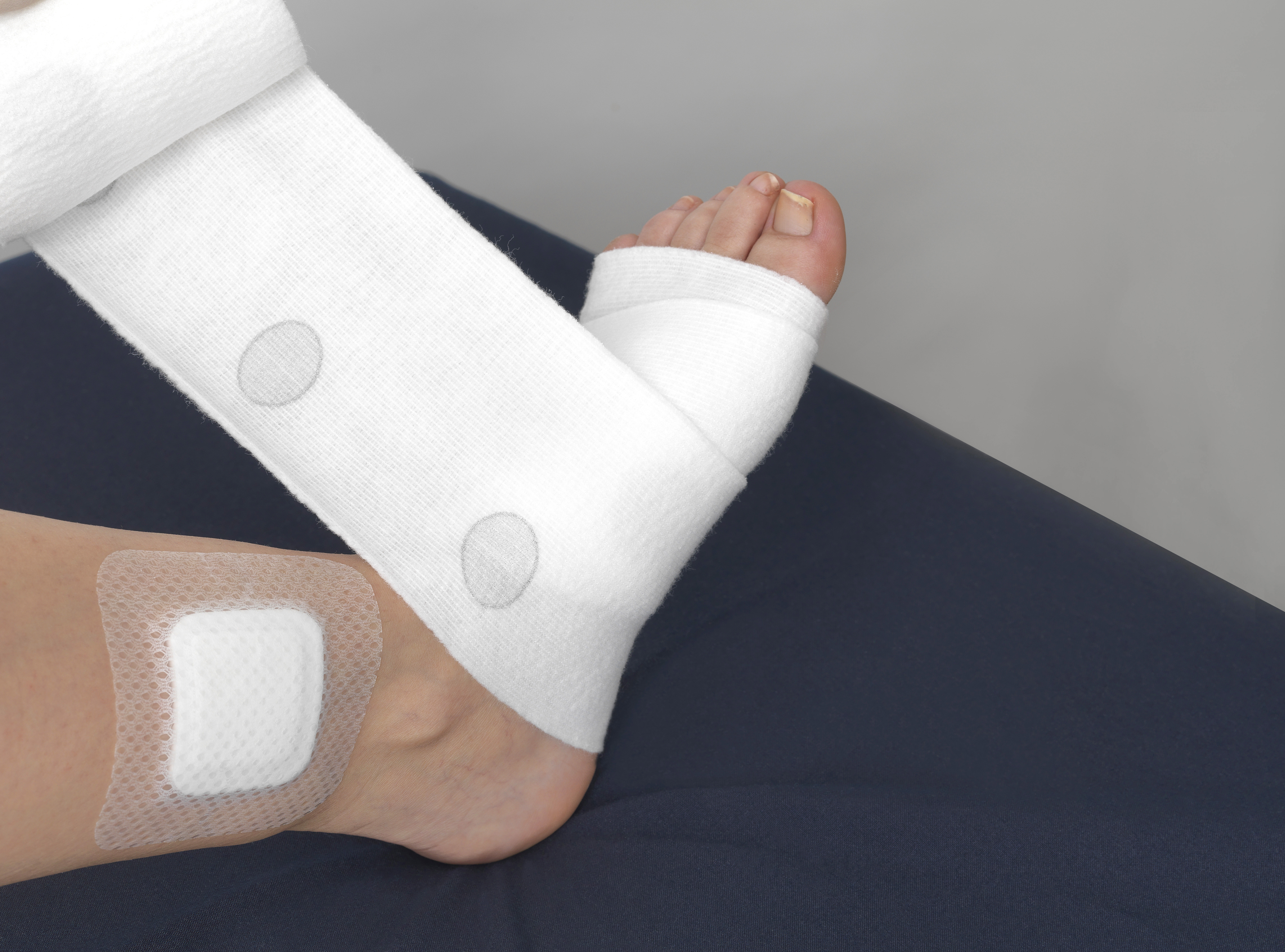
The good application checklist
The heel should be fully covered by the bandages, as in the photos below
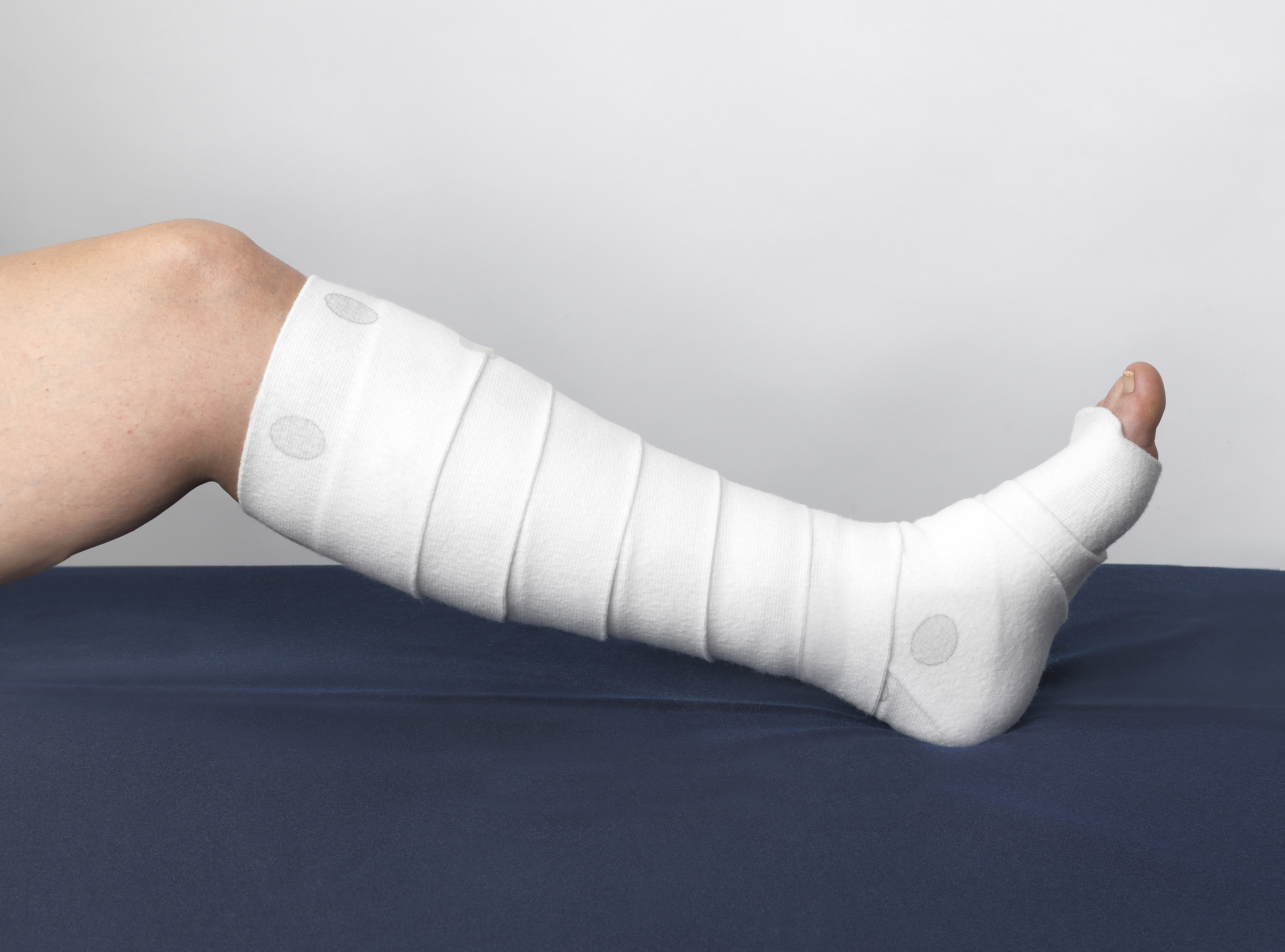

The good application checklist
You should see a cuff of fluff at toes and below the knee
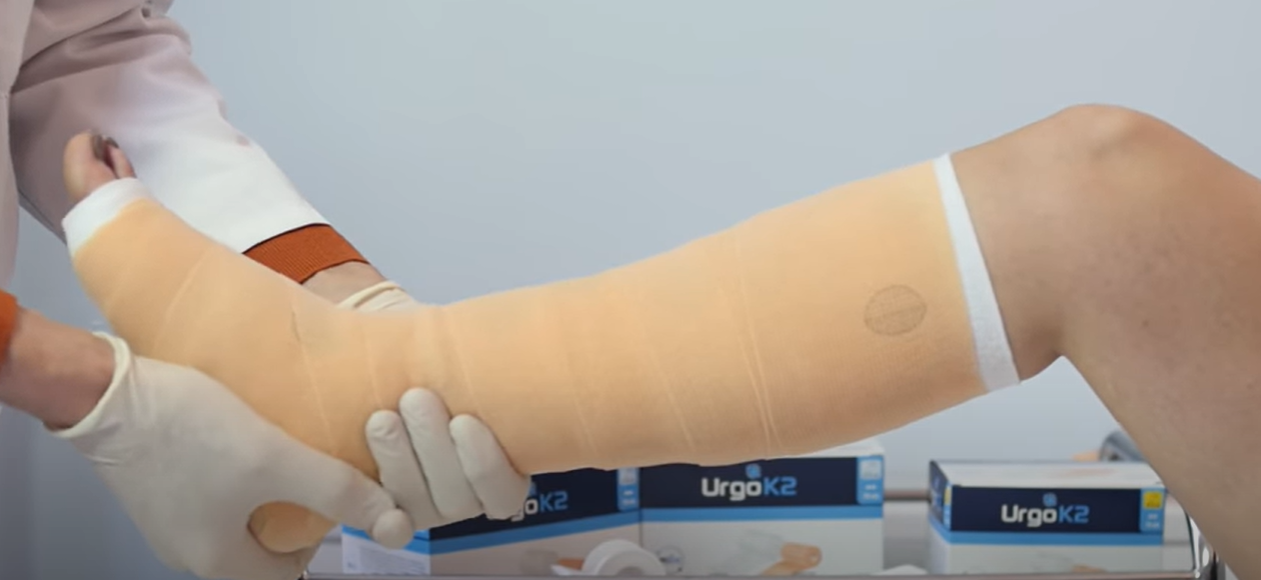
The good application checklist
